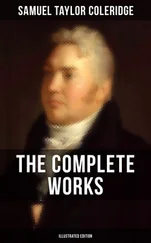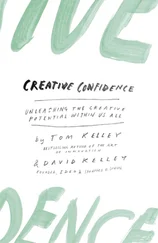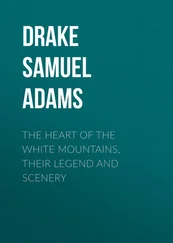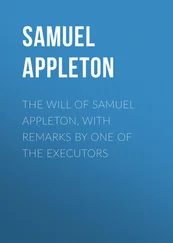Areas. The room is marked off into different feeling areas such as sad, bored, happy, and angry. Each member of the group spends time in these areas and tries to embody that emotion. Then members reassemble and talk about how each experience felt.
Environments. The group breaks into two teams, and each creates an environment for the other, such as the surface of the moon or a tropical jungle. After going through or participating in the environment, the teams reassemble and talk about the experience and how it relates to their lives.
Overall, dramatic techniques such as these get adolescents moving in many directions and interacting with different people in novel ways. After they have participated in dance therapy experiences, adolescents usually are not intimidated and in fact may welcome opportunities to be more expressive and creative.
Dance and Movement and Art
When working with people with eating disorders, for whom perception of self is greatly distorted, counselors sometimes combine dance and movement with projective drawings (Krueger & Schofield, 1986). The idea in this treatment is to help clients to
immediately visualize the movement experience they just had,
symbolize and objectify this experience in a drawing,
depict current developmental issues that have arisen because of what they have been through,
have a concrete means (i.e., the drawing) of bridging the transition between nonverbal and verbal means of expression, and
measure progress and change.
Drawings are usually made at the end of each DMT session, and the individual and overall effects of the drawings are analyzed by practitioners for patterns and symbols that will help create insight. Art and movement are also combined in the treatment of chemically dependent individuals. In this inpatient work, “concrete art and movement tasks are applied to parallel” each of the first four steps of Alcoholics Anonymous ( www.aa.org; Potocek & Wilder, 1989, p. 99). For example, in Step 1, in which addicts admit they are powerless over alcohol, participants construct with chairs the walls of a pit while despondent, self-absorbing music plays in the background. They take turns climbing over the walls and sitting in the pit in a darkened room. While there, they draw their feelings on a large piece of brown paper on the floor. In all four steps, similar movement and art exercises are experienced with the intent of promoting abstract thinking and making intangible emotions clear.
DMT is a worldwide phenomenon, with dance and movement therapists living and working throughout the United States, Canada, Europe, South America, Asia, the Middle East, Africa, and Australia (American Dance Therapy Association, 2020). Dance and movement are physically demanding and energizing art forms. Their use in counseling varies, but in general they are used to help clients become more aware of their bodies, boundaries, and interpersonal relationships. They provide integrative ways of helping individuals of all ages and at all stages of life become more whole. They free people to move in ways that talk alone does not allow. Dance differs from movement in its emphasis on performance and music, but both stress that clients become actively involved in the therapeutic process. Through dance and movement, clients are freed up to talk about their situations.
Some counseling theories, including psychoanalytic, gestalt, and social learning approaches, advocate and use dance and movement techniques. These procedures are more active with children than with older adults. Families and groups also use dance and movement, especially choreography, in ways that are unique and innovative. In movement, insight occurs and may be translated into ways of living a more productive life. Overall, dance and movement can be combined with a number of other creative arts, such as music, drama, and drawing, to enrich and enliven counseling sessions and to promote change and growth.
1 Focus on your most physically active time of life. What did you learn from your body that now affects your practice as a counselor? For instance, are you more verbally direct when you are fatigued, or do you need a specific amount of exercise to feel mentally alert? Discuss your need or lack of need for movement with a colleague and notice how much structured or spontaneous physical activity plays a part in the lives of your clients.
2 A dance is usually described as movement that is structured and usually performed on some level in public. What types of dances do you observe among clients and nonclients you know? How do such dances either get to the heart of issues or sidestep important issues?
3 Lead a milling-around exercise with a group of trusted friends or colleagues. In this exercise, individuals simply walk around and participate with others as instructed by the leader—by making or not making eye contact, by touching or not touching one another with shoulders or elbows. The idea is to assess how comfortable each member feels moving in a certain manner. The entire exercise is brief (about 2–5 minutes) and is processed with the group leader for as long as needed afterward.
Конец ознакомительного фрагмента.
Текст предоставлен ООО «ЛитРес».
Прочитайте эту книгу целиком, купив полную легальную версию на ЛитРес.
Безопасно оплатить книгу можно банковской картой Visa, MasterCard, Maestro, со счета мобильного телефона, с платежного терминала, в салоне МТС или Связной, через PayPal, WebMoney, Яндекс.Деньги, QIWI Кошелек, бонусными картами или другим удобным Вам способом.












